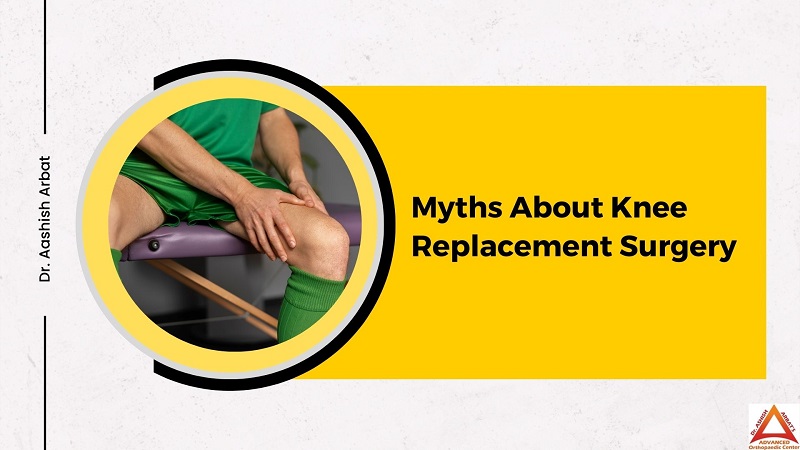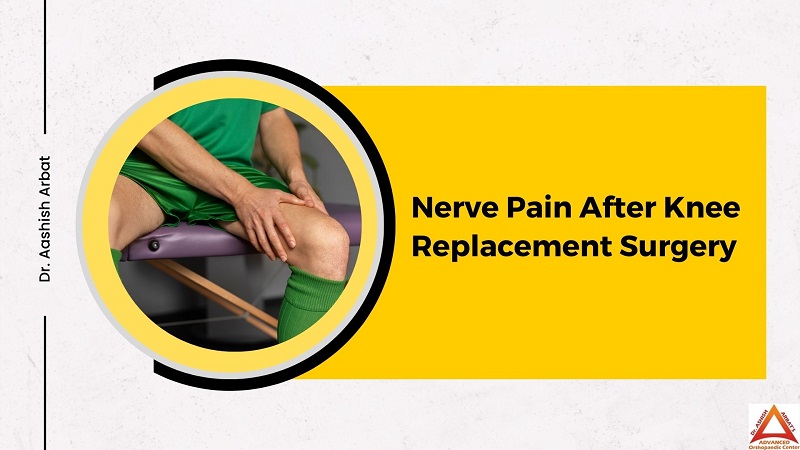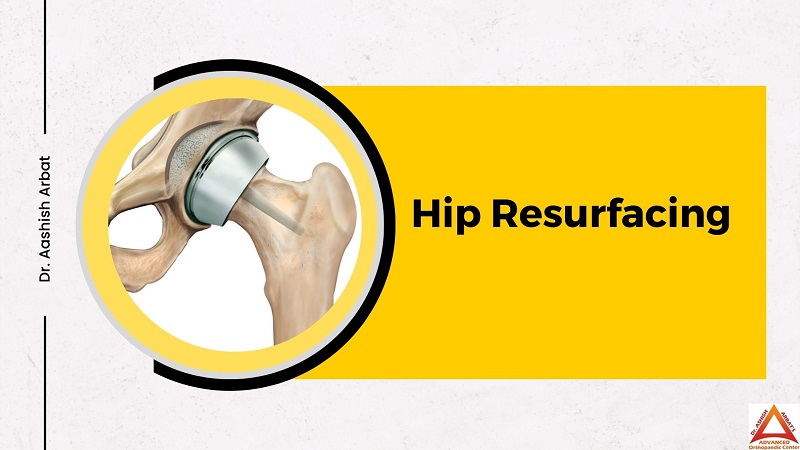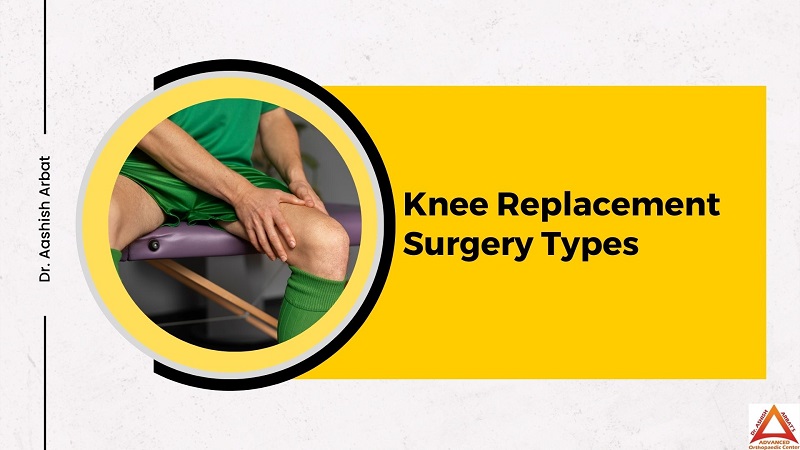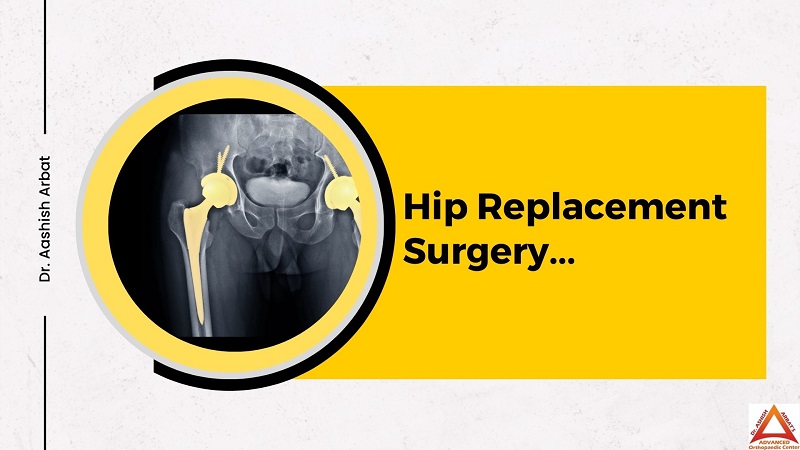Knee Injuries from Falling: Signs, Causes, Treatment from Orthopedic Surgeon
Falling can lead to several knee injuries, ranging from minor to severe. It is important to have idea of the common knee injuries from falling. Possible Knee Injuries from Falling Abrasion Laceration Contusion Sprain Torn meniscus Tendon tear Torn ligament Knee dislocation At times, it is possible that you fell on your knees two weeks back, but it still hurts. I Fell on My Knee 2 Weeks Ago and it Still Hurts If you fell on your knee two weeks ago and it still hurts, you may have a knee contusion. This generally heals on its own and doesn’t necessitate surgery. Nevertheless, if indications continue or deteriorate, you should visit your doctor. An Orthopedic Doctor in Pune can determine if the damage is a fracture or break and develop a suitable treatment plan. Alternatively, you may have suffered a deep bruise and it is taking more time to heal. If the pain keeps on, you should have your Orthopedic Surgeon in Pune recheck you for internal knee injury and you may need to go for an MRI. Wondering to know that there is a knee injury after a fall? Read on. Symptoms of Knee Injury After Fall Signs of knee injury after a fall include: Hearing a “pop” sound as you fall, this is generally linked with a torn ligament. A feeling that the knee is unhinged, buckles, or gives way, which is as well normally related with a torn ligament. Inflammation of the knee, which can point to a torn ligament or fracture. Not being able to bear weight on your knee is a sign of a more serious injury. Injured knee that is warm to touch; this is a signal of contamination or swelling. Continuous bleeding of a cut or scrape. Falling down is common. It is important to know ways to treat knee injury from falling. How to Treat Knee Injury from Falling Rest and Ice: Minor injuries will often heal fine with just some rest and ice. Over-the-counter Medicine: Over-the-counter medicines can help with swelling and pain. Putting the Knee in place after disruption in the case of dislocated knees, your doctor will have to place it back into location. Braces or Casts Physical Therapy Knee pain after fall on concrete is common. Dr. Aashish Arbat, the best Orthopedic doctor in Sancheti Pune explains. Knee Pain After Fall on Concrete Falling on your knee onto concrete can lead to uneasiness when bending the knee. The effect from the fall can cause several injuries like bruising, swelling, sprains, strains, or even fractures. Knee injuries are common from falling. To treat knee pain after a fall, consulting an Orthopedic Doctor as soon as possible is essential. Common treatment options include rest, ice, compression, and physical therapy. Knee injuries if you fell on knee cap on concrete can be very disabling throughout the healing process and beyond. I Fell on My Knee a Month Ago and it Still Hurts Pain lasting for a month is of concern and should be checked by an Orthopedic doctor immediately. If your knee injury isn’t healing even 2 months of falling, ask yourself if you took the proper steps for recovery. I Fell on My Knee 2 Months Ago and it Still Hurts If you have fallen on your knees 2 months ago and it still hurts, don’t ignore it. It could be because you underestimated its severity. Not taking enough rest when there is severe pain often causes an injury to get from mild to severe. Returning too soon to regular life, not listening to your body, and pushing through knee pain may worsen pain and tissue damage. There could be knee injury if you have fallen on knee cap. Knee Injury from Falling on Kneecap A kneecap damage can occur from a blow to the knee or a fall. Some injuries can also happen because of overuse. When you injure your kneecap, also termed as your patella, there may be an impairment to the soft tissues, like a patellar tendon tear, or a crack to the bone. Wrapping up Knee injuries from falling requires ample rest and immediate consultation with an Orthopedic Surgeon. Don’t ignore. Stop suffering from knee injuries from falling.



